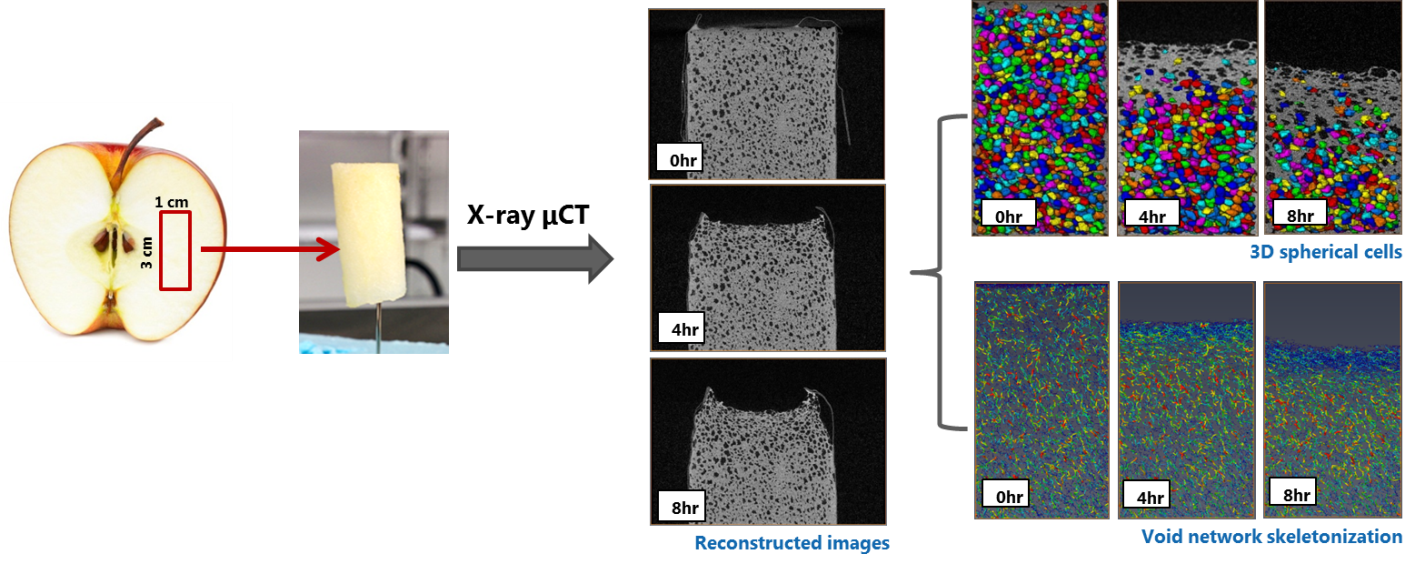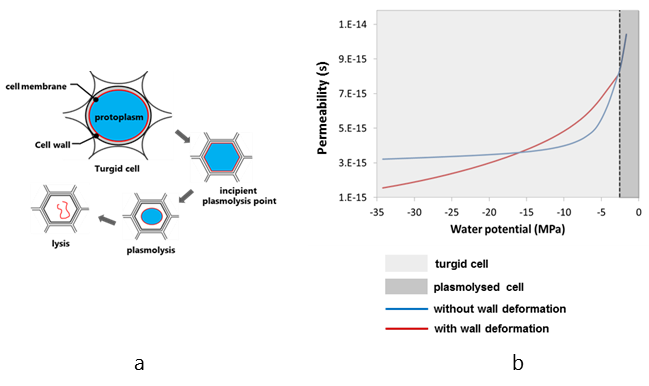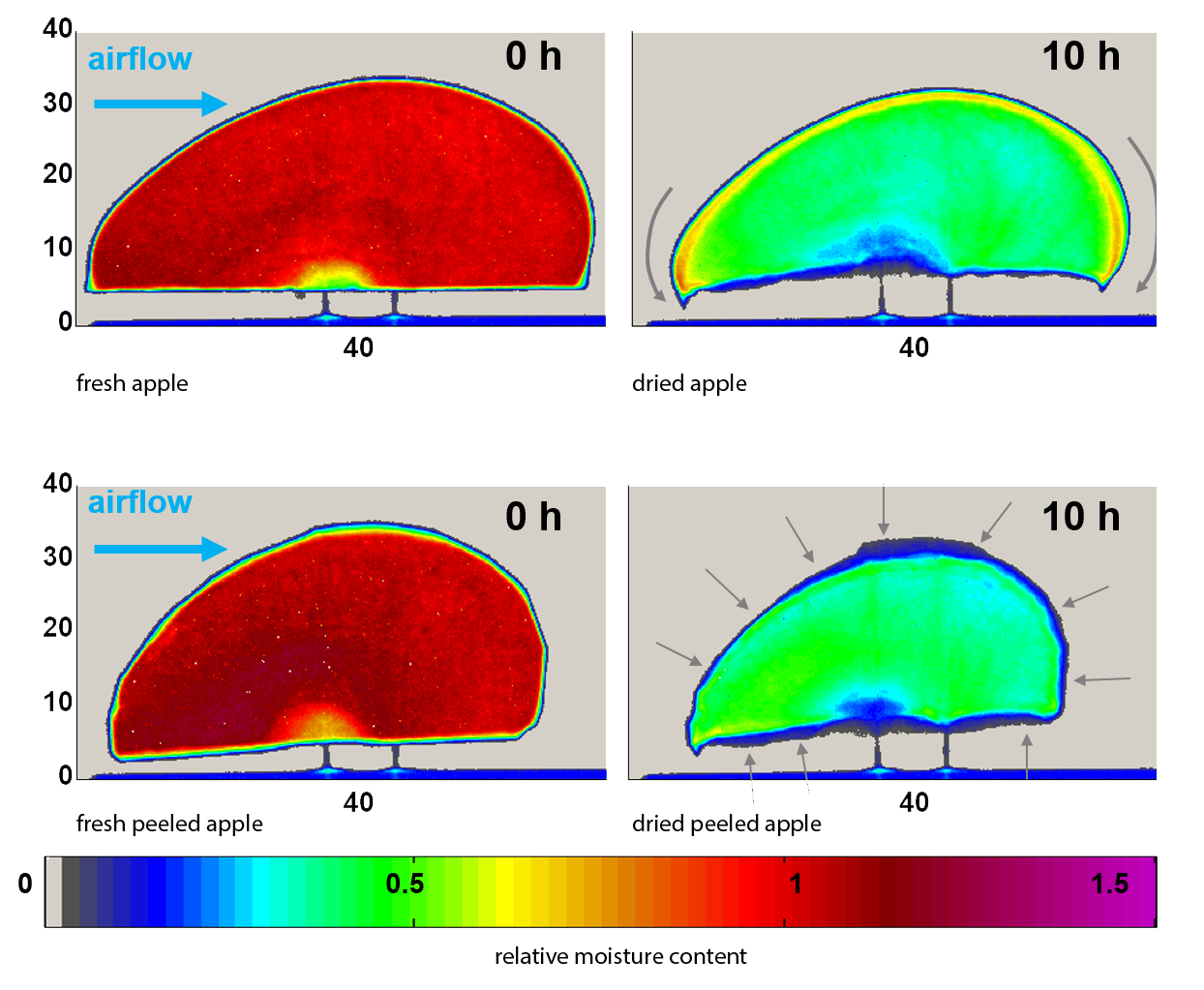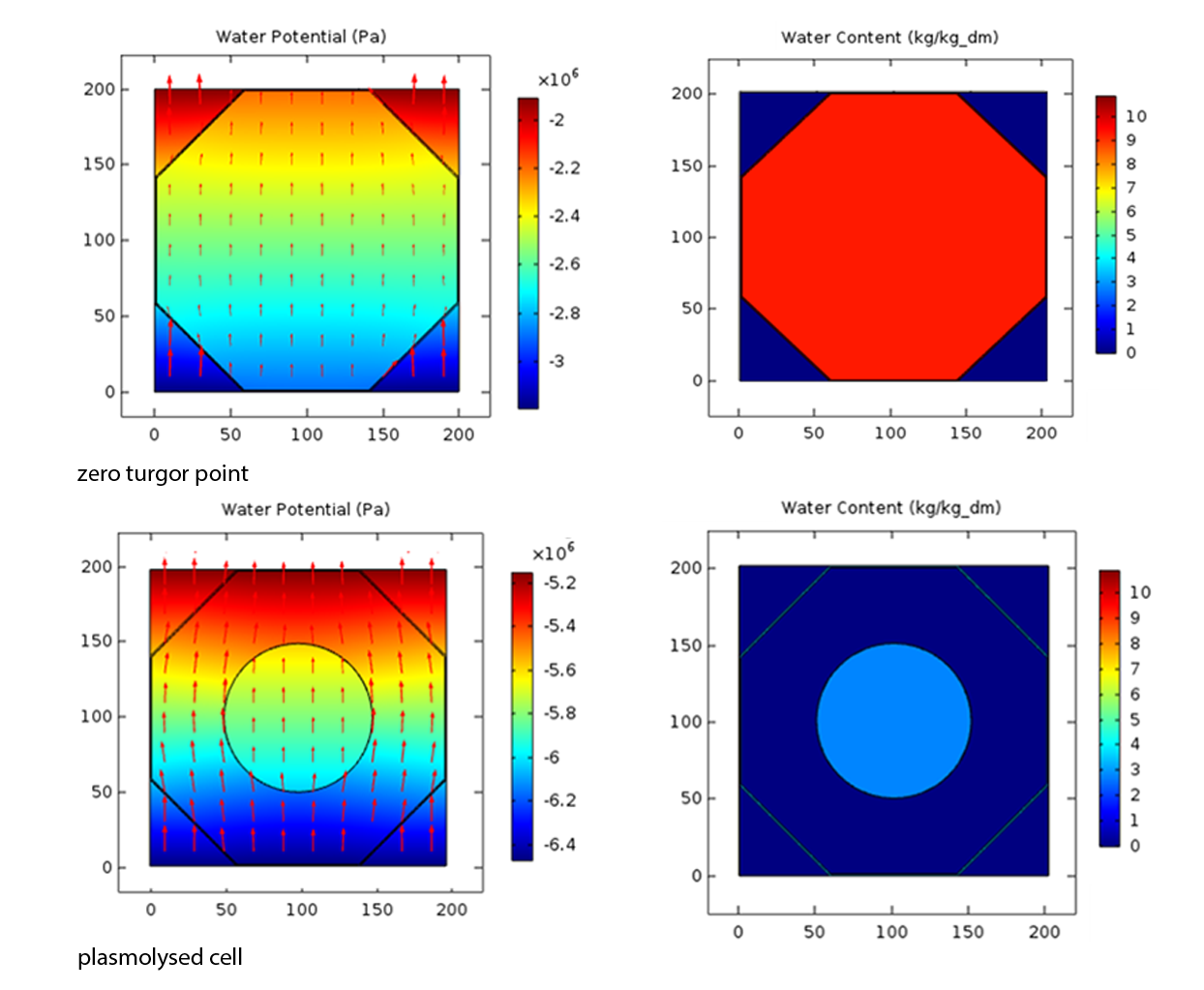Drying of fresh fruits
Solar drying of soft cellular materials: a multiscale approach
Solar drying has become a very attractive way of reducing the process energy required for drying of foods, wastewater sludge or wood. This convective drying process is particularly difficult to control due to fluctuations in incident radiation from the day-night cycle and in the presence of clouds. Additional complexity comes from the use of auxiliary heating or airflow and thermal energy storage systems to dampen these fluctuations, and the associated rehydration of the material. During dehydration, the material also undergoes large changes in properties and microstructure versus moisture content.
The primary objective of this project is to get insights in the underlying physics of solar drying of soft cellular materials, such as fruits, by approaching this convective drying process from a multiscale perspective, from cellular scale to dryer scale. To this end, we relate the heat and mass transport and deformation processes within the fruit and the exchange at the air-fruit interface to the environmental and operational conditions, and to the changes in tissue microstructure. We aim to unveil how fruits dry with respect to their location and loading density in the dryer and what the efficiency is of selected technologies to dampen fluctuations in solar radiation.
We look at dehydration of cellular tissue down to the microscale to obtain insights in the dehydration behavior at the macroscale. To this end, X-ray and neutron μCT are used to capture the changes of fruit cellular structure and moisture content distribution within the tissue, respectively. Water transport modeling at cellular scale was done using FEM to calculate the tissue permeability which enables upscaling towards continuum modeling at the fruit and dryer scale.
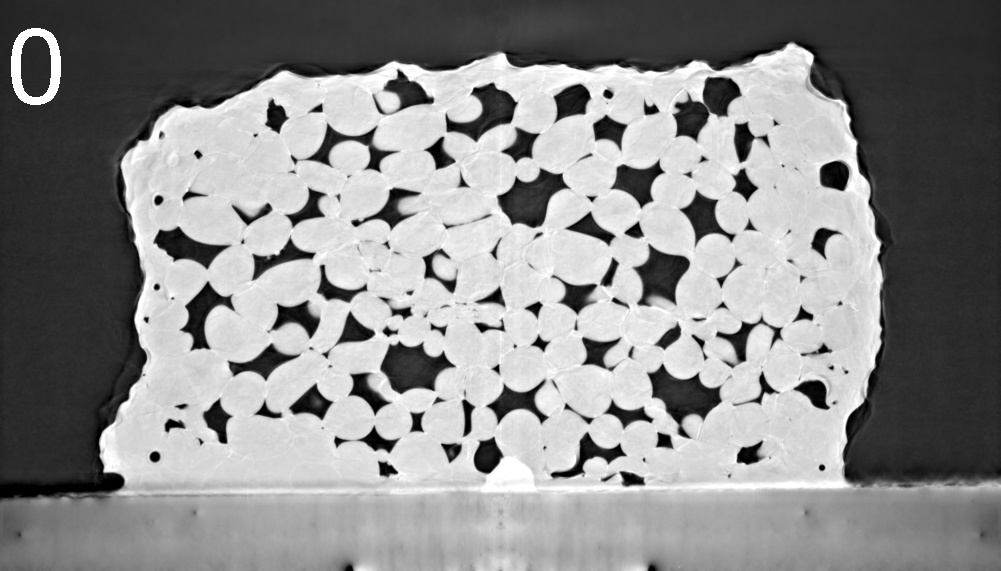
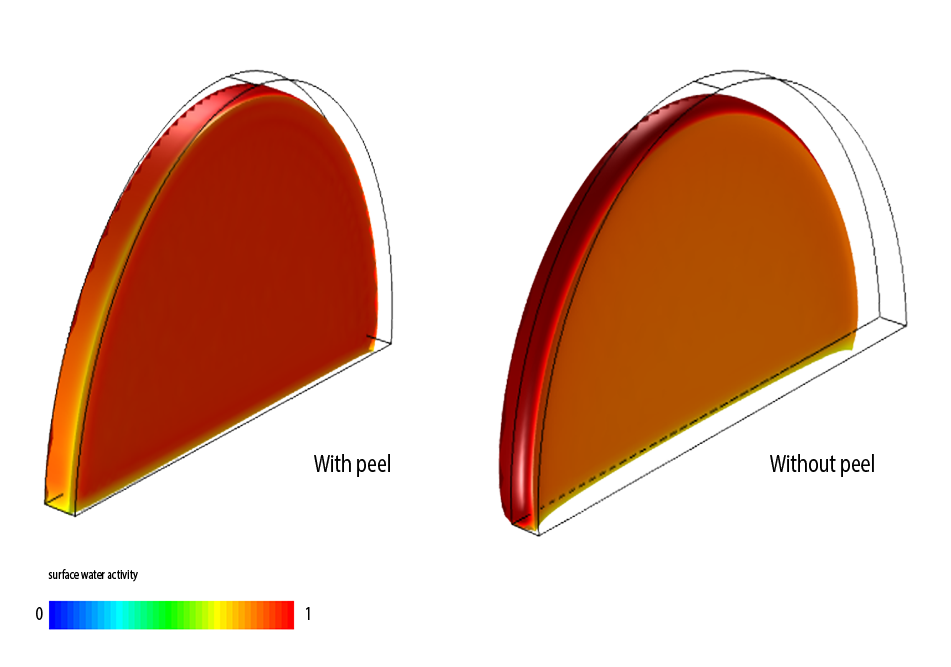
This project is led by Dr. Thijs Defraeye. Collaborations. This project is a collaboration between the Chair of Building Physics (Dr. Defraeye, Prof. Carmeliet) at ETH Zurich and MeBioS (Prof. Nicolai) of KU Leuven. This PhD project is funded by the Swiss National Science Foundation.
